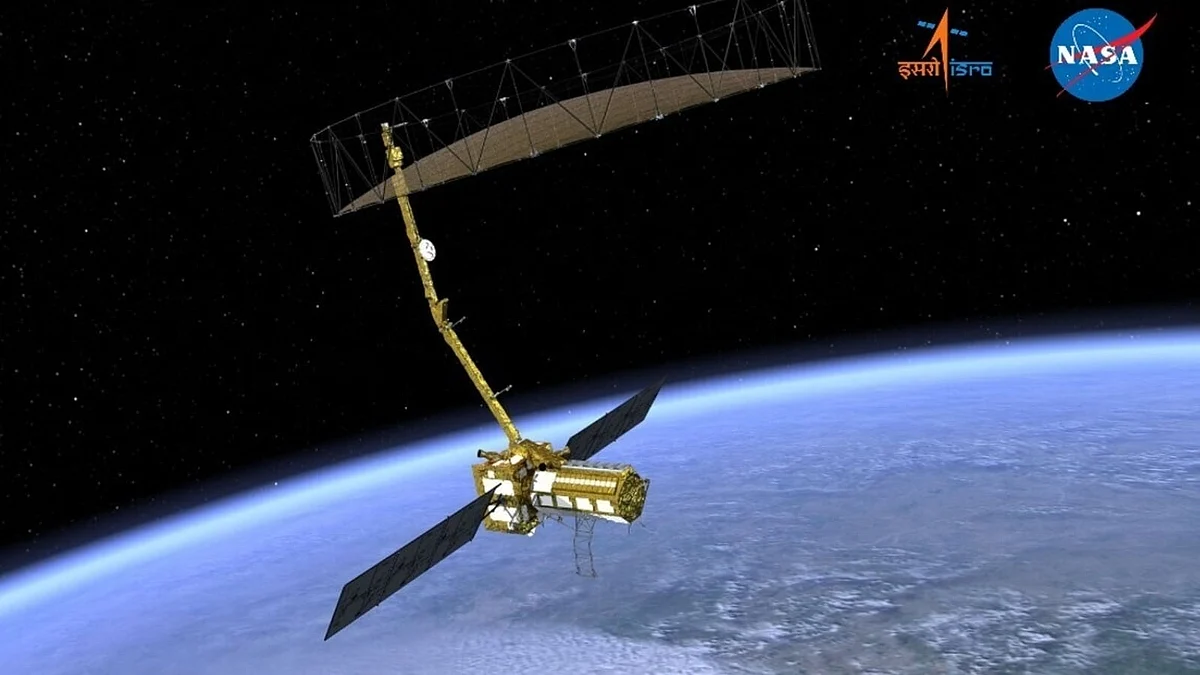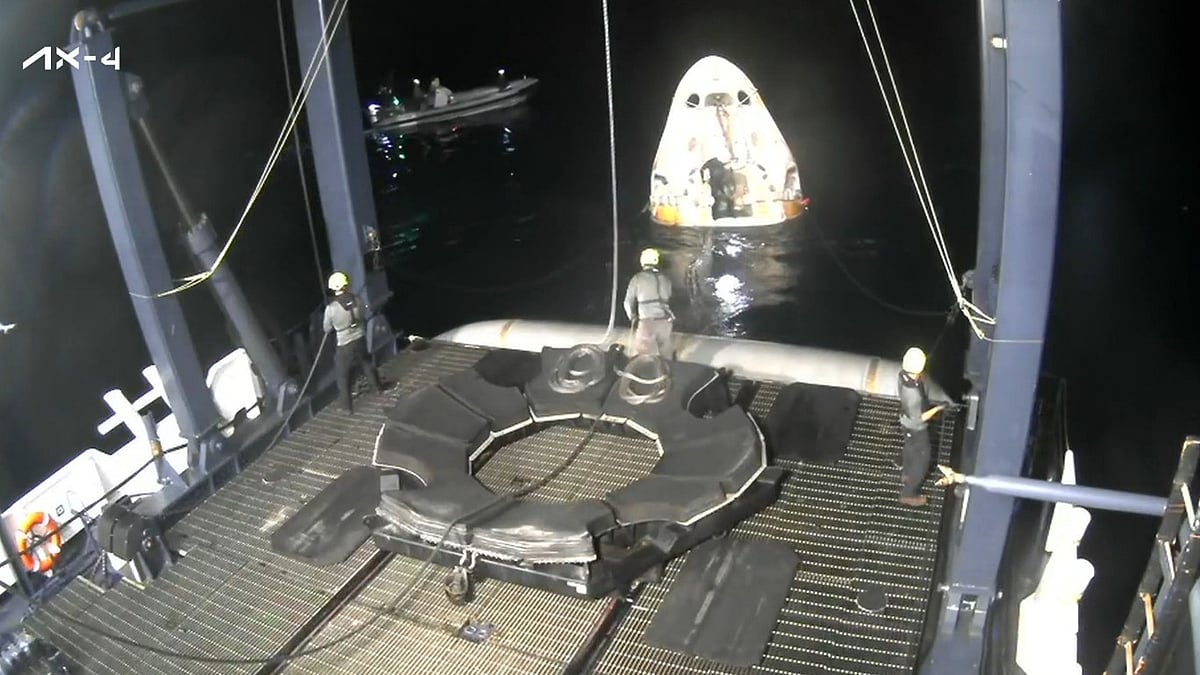NASA's Curiosity rover, which landed on Mars on August 5, 2012, has set a new record by spending 4000 Martian days on the alien planet, exploring its ancient history. Lately, the rover drilled its 39th sample, a rock known as 'Sequoia,' and is now studying the pulverised rock to understand more about Mars' old climate.
Curiosity rover mission
The Curiosity rover aims to establish whether old Mars had suitable climatic conditions for microbial life. To accomplish the task, the rover has slowly ascended the base of Mount Sharp, a 3-mile-tall mountain whose layers provide insights into how Mars' temperature altered over time.
The recent sample, 'Sequoia', is anticipated to prove how Mars's atmosphere and habitability changed after the region enriched in sulfates, minerals that likely formed in evaporating salty water when Mars began to dry up billions of years ago.
NASA's Jet Propulsion Laboratory, Curiosity project scientist Ashwin Vasavada said, "In the last year, Curiosity's instruments have identified the types of sulfate and carbonate minerals, which has helped us understand what Mars was like long ago."
In its latest research issued in the Journal of Geophysical Research: Planets, the team reported the discovery of a magnesium sulphate mineral called starkeyite, which is associated with arid climates like Mars' modern climate. The recent discovery adds to scientists' knowledge of how today's Mars came to be.
Mission engineers constantly monitor the rover's nuclear power
Curiosity remains strong despite crossing nearly 30 kilometres through a harsh environment loaded with dust and radiation since 2012. However, presently, researchers are working to resolve a problem with one of the rover's main 'eyes', the Mast Camera instrument's left camera. If the problem cannot be resolved, the mission will rely on the higher-resolution Mastcam as the primary colour-imaging system, altering how the team hunts for science sites and rover routes.
Mission engineers constantly monitor the rover's nuclear power source's performance and expect it to provide enough energy to operate for many more years. They have also found solutions to overcome the challenges from wear on the rover's drill mechanism and robotic arm joints, ensuring that Curiosity can continue its essential mission on Mars.











